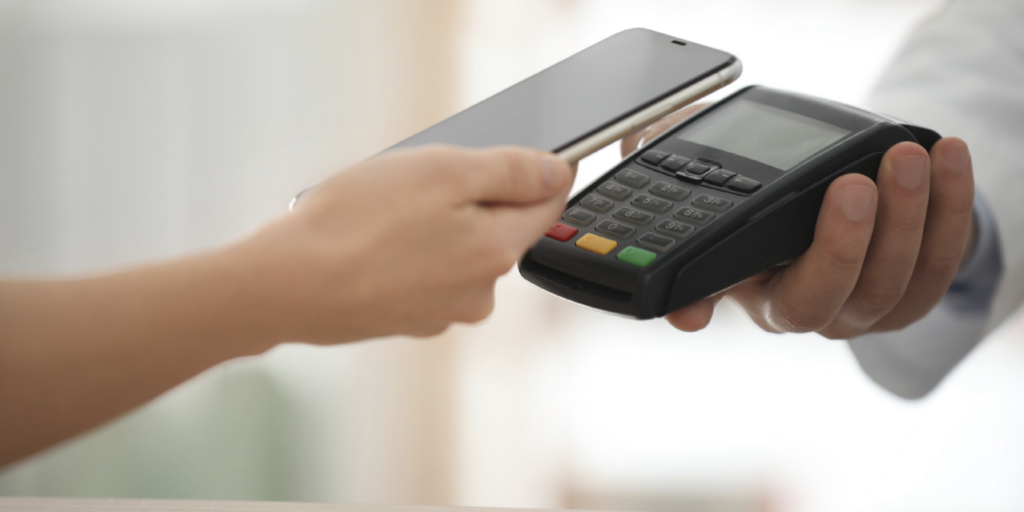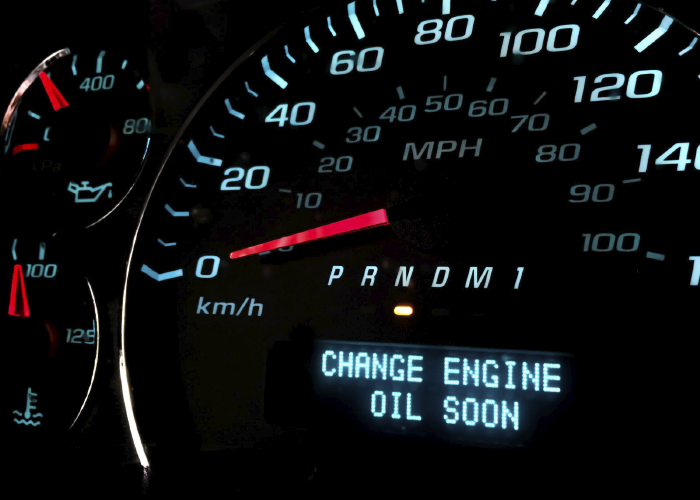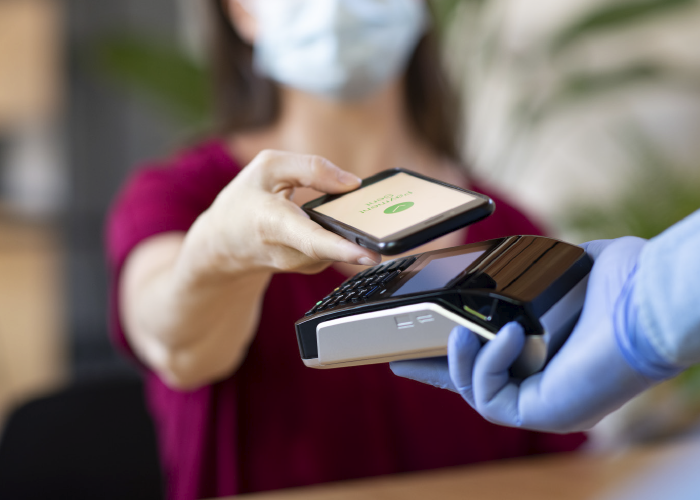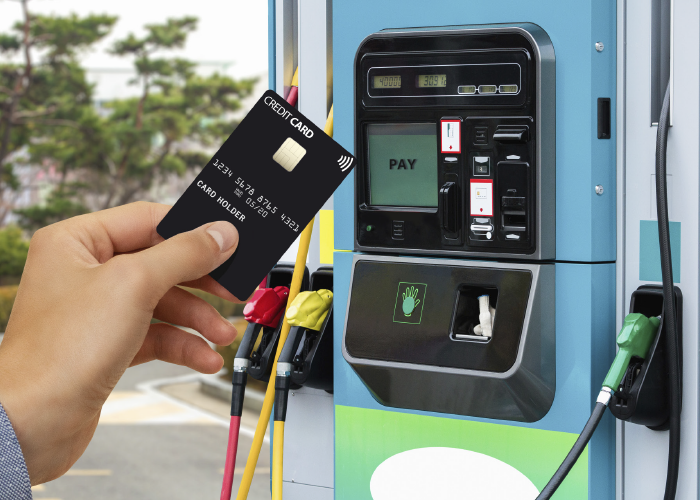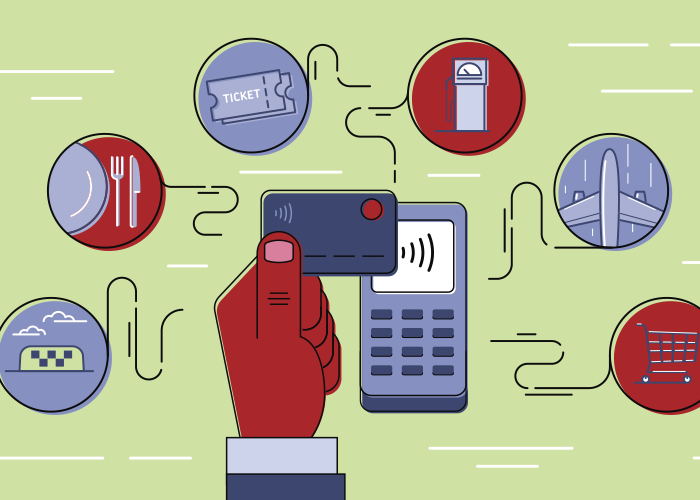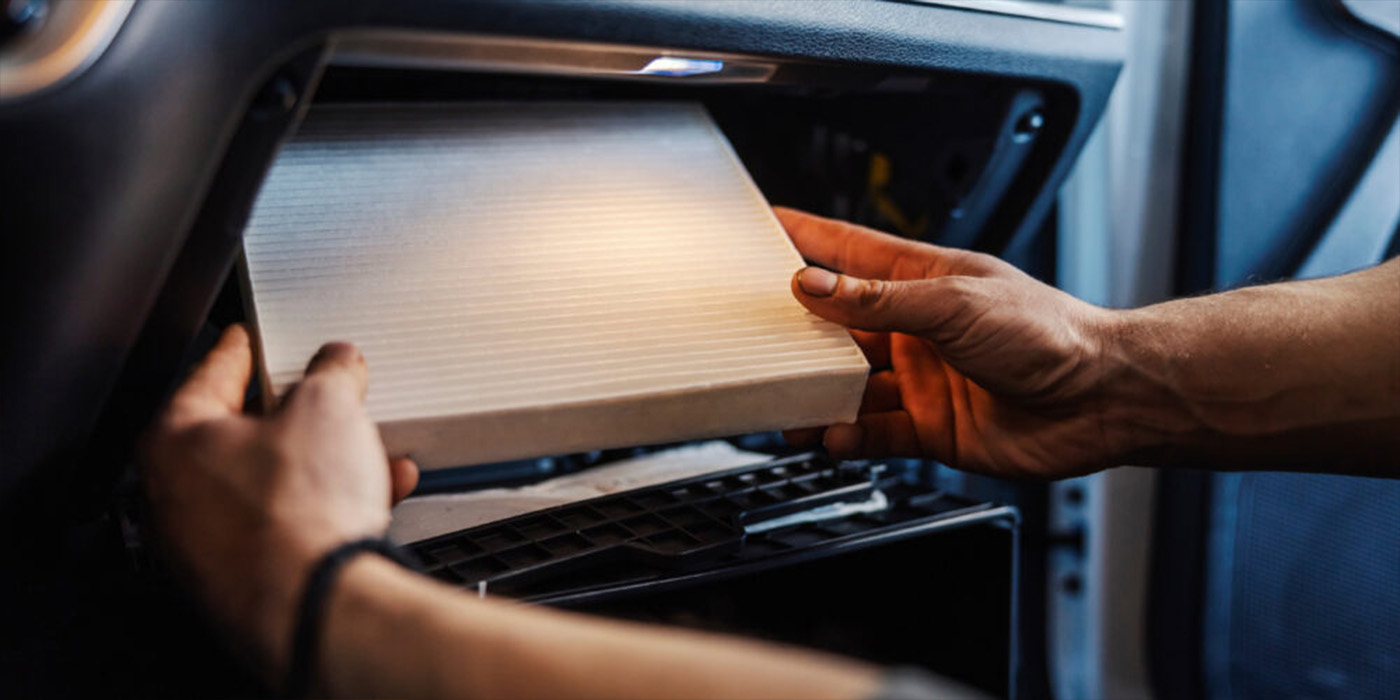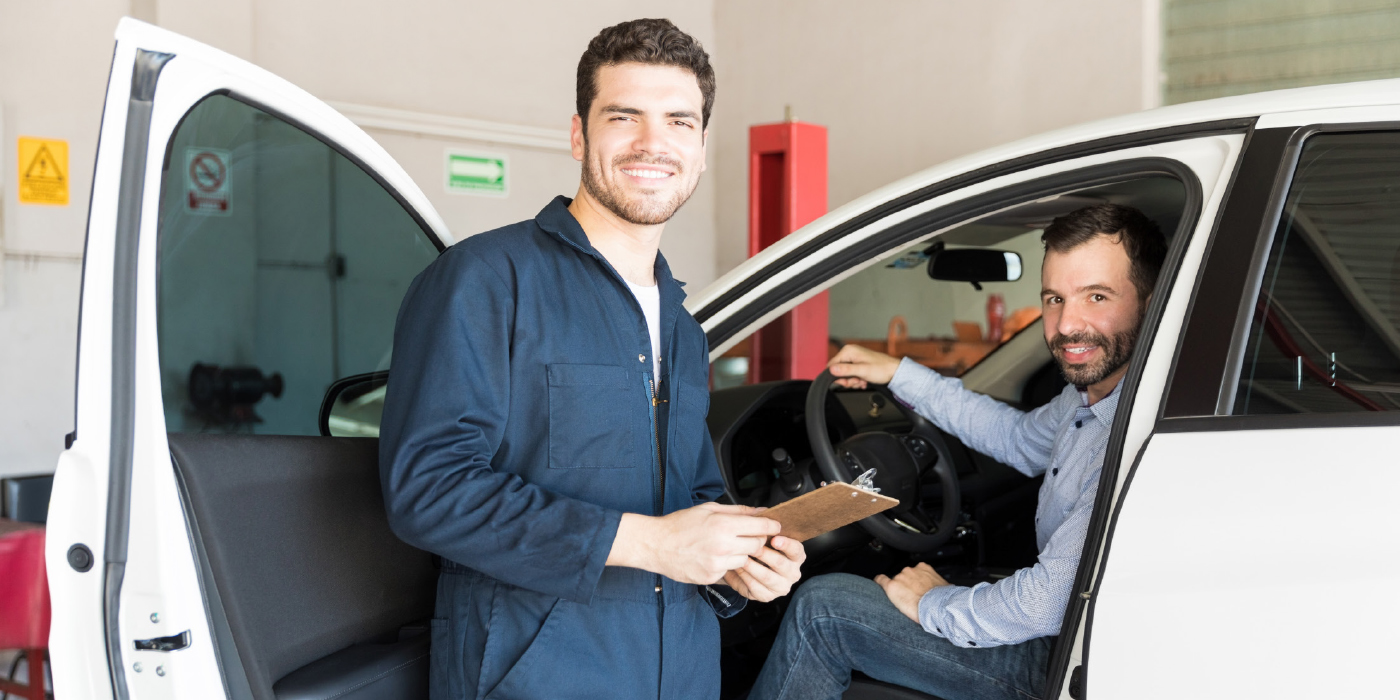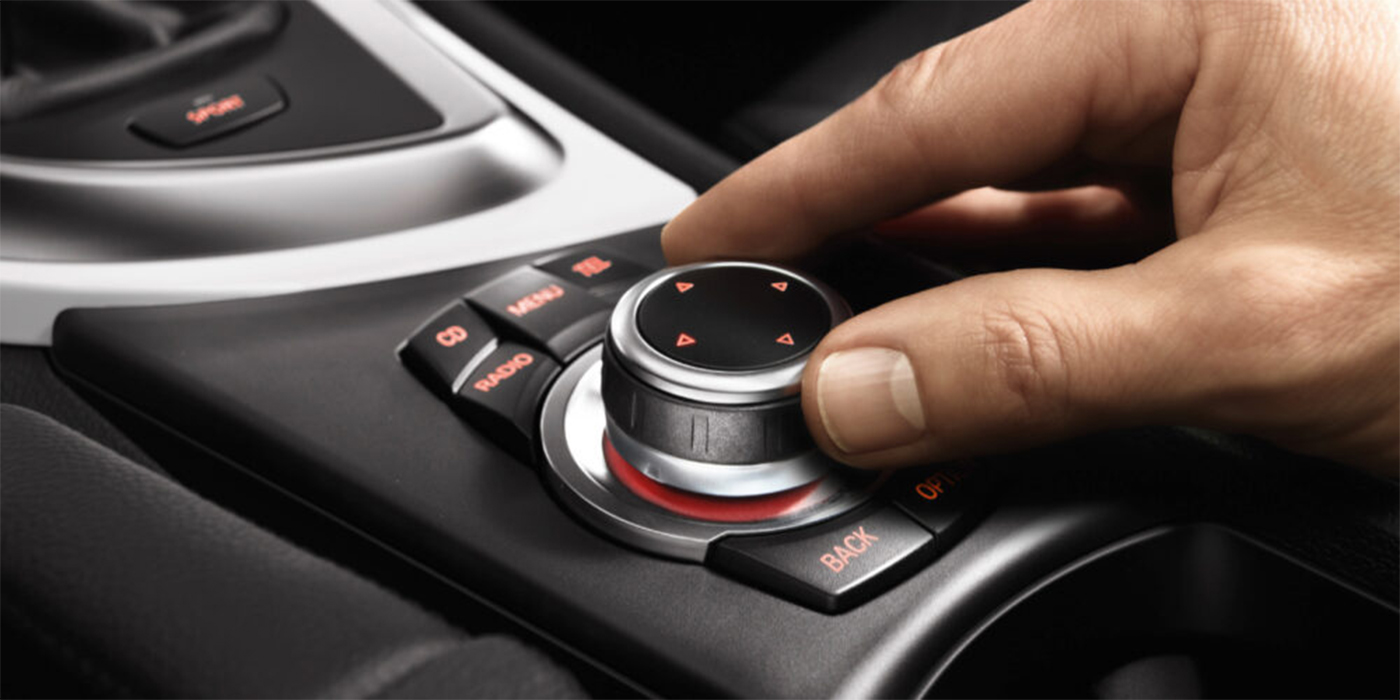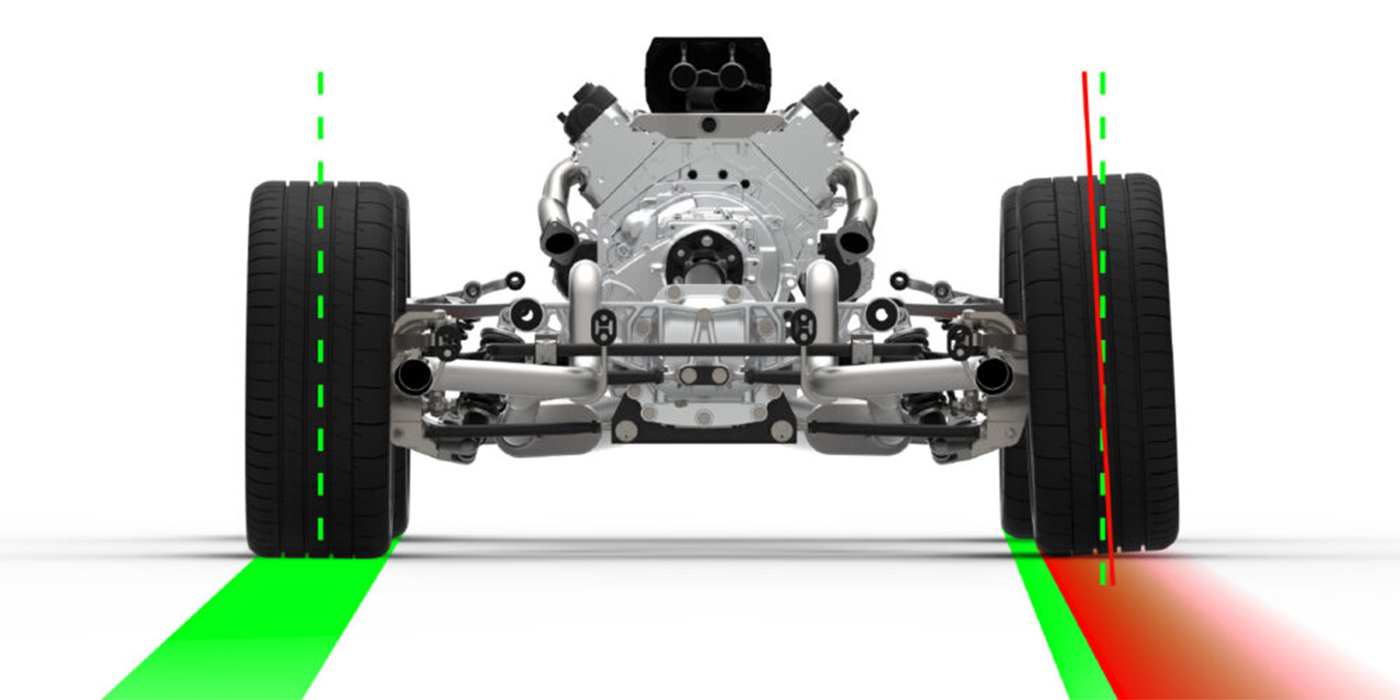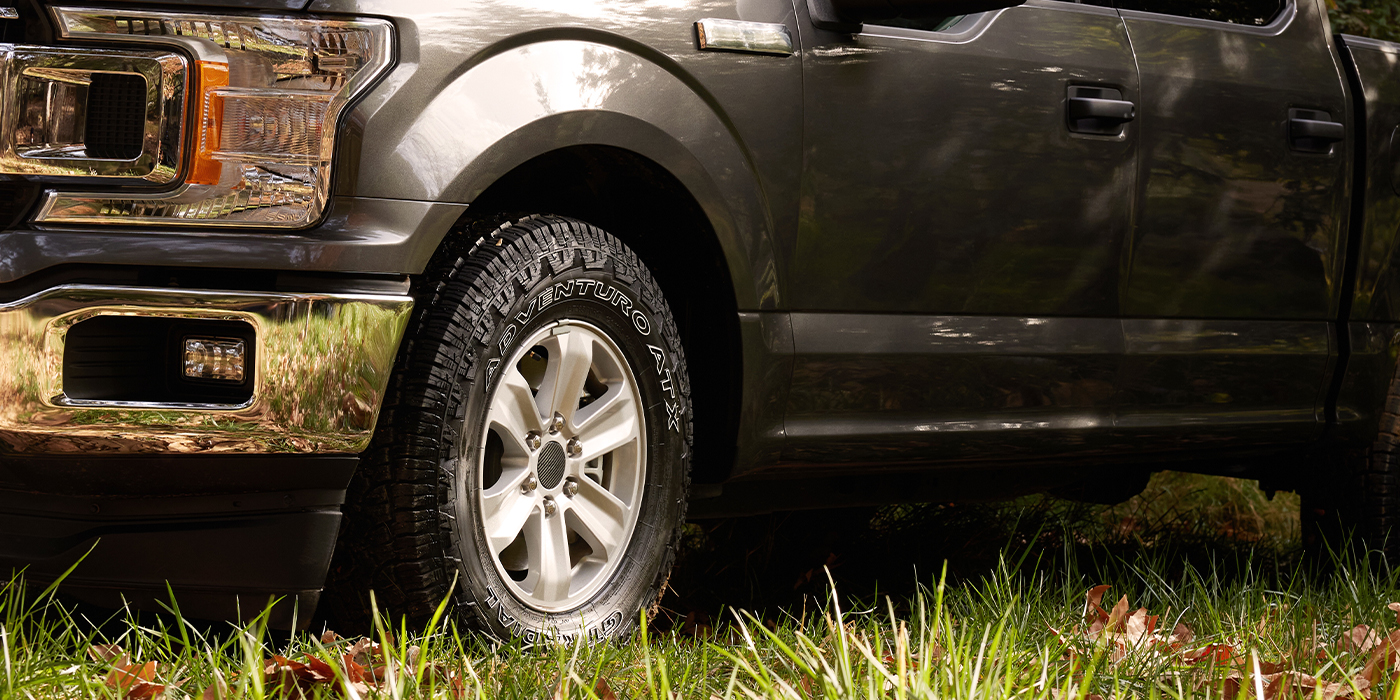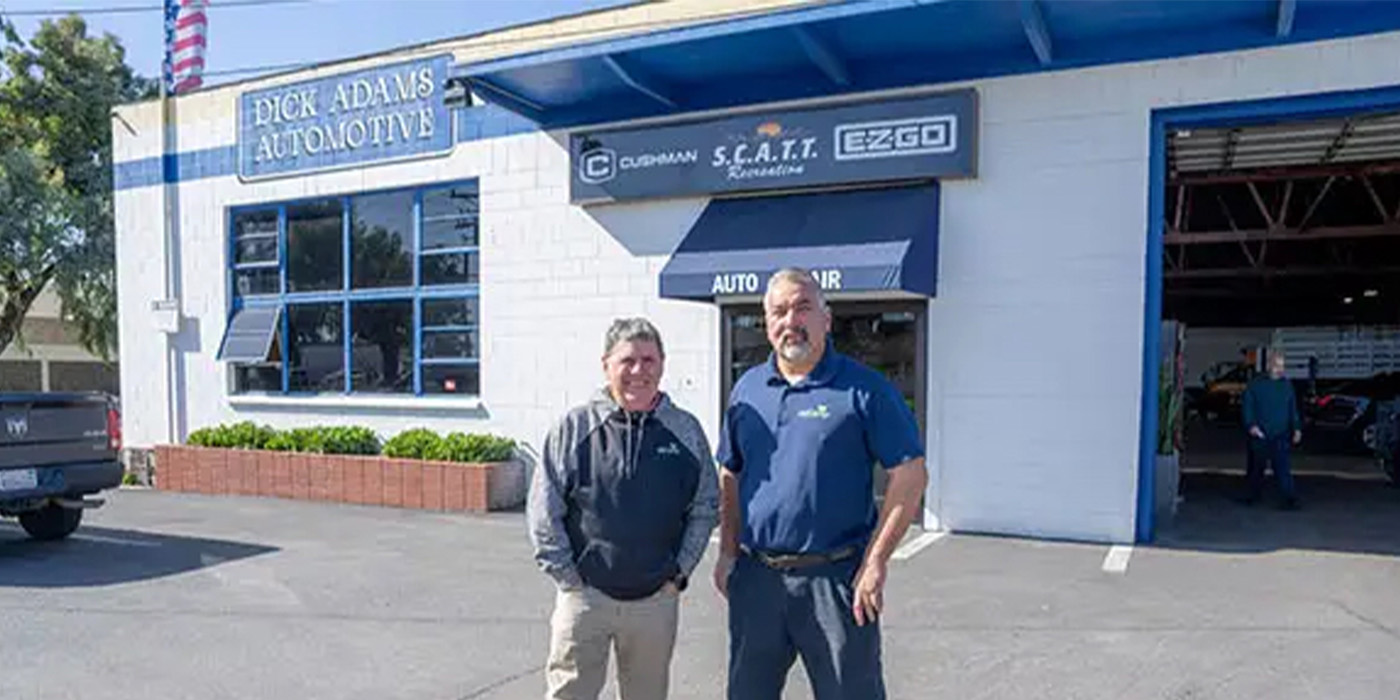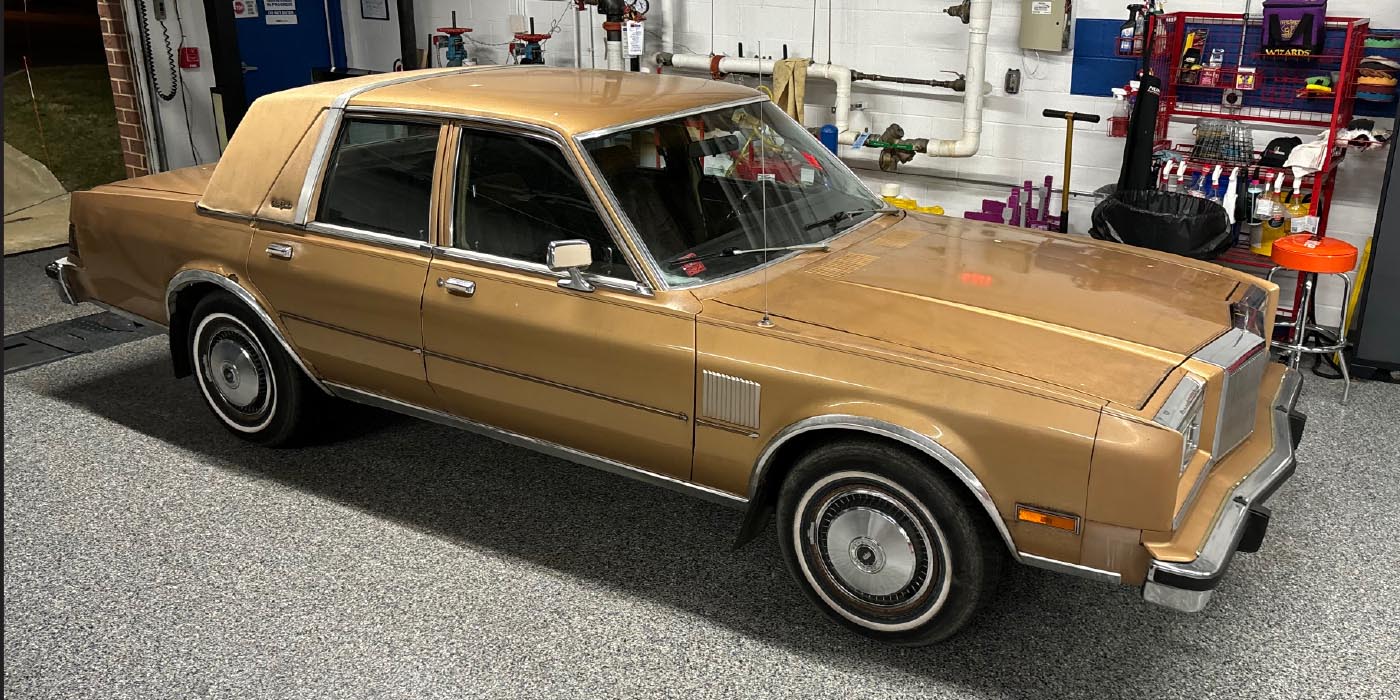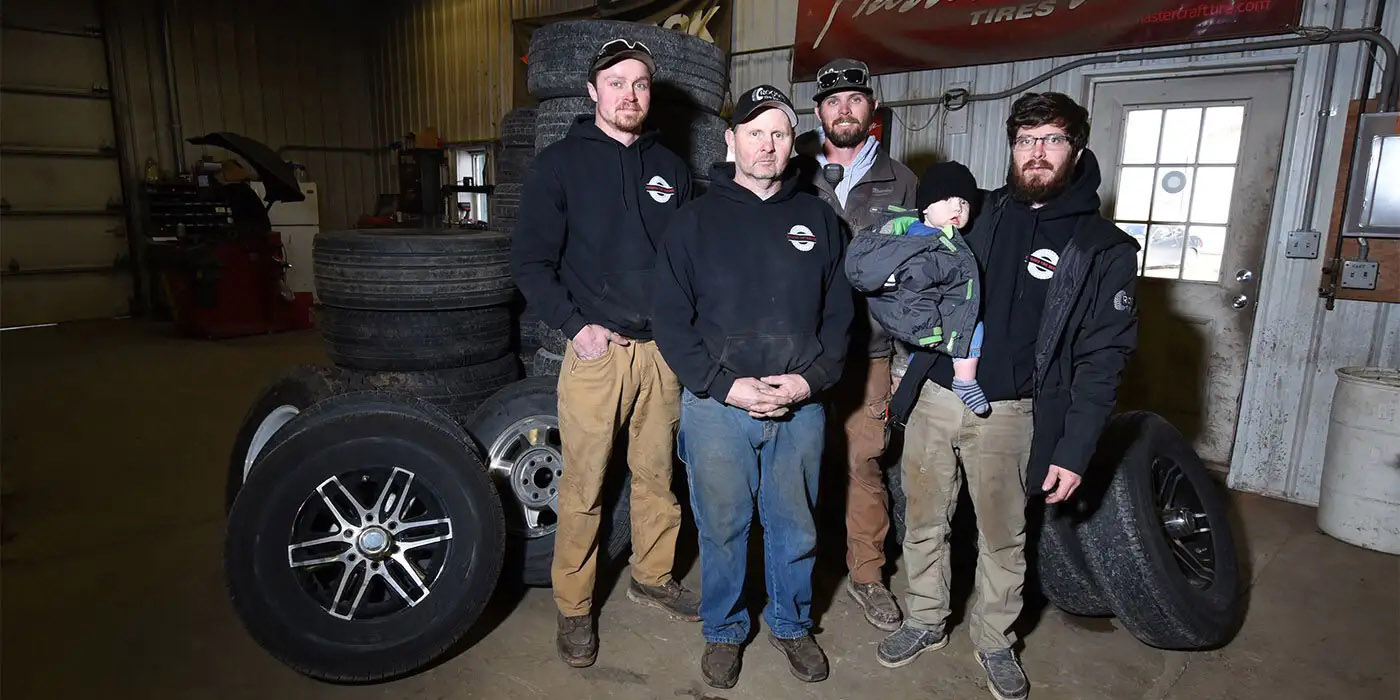Easy, Quick and Secure, Contactless Payments are Nothing To Fear
So here I was, waiting for my turn to get my oil and filter changed at a quick lube, having been shamed by my wife for letting the ‘Oil Change Required’ light go on in my car. She initially let me know about it by sending a picture via a text message, panicking, and asking if it was still safe to drive the car. Mind you, she has been putting crazy miles on it lately. Not me!
One of the many changes brought on by COVID-19 is that many quick lube shops now have the customer drive the vehicle in over the pit and stay in their vehicle while the service is performed. So, when it’s my turn and I get waved in, I turn the key and, again, I’m hounded by the reminder light and warning tone. I hang my head in shame and I creep into the bay.
I crack the window to speak to the attendant about my needs, noticing that his voice is cracking and nasally sounding. “He’s sick,” I think to myself. Even though he has a mask on, I roll the window back up most of the way to limit my exposure.
He says, “Sorry. My allergies are acting up today.”
Our interaction complete, I immediately roll up the window and check that all the rest are securely closed, too. As he and his team go about the service, it’s obvious that the attendant has something going on. I see him blow his nose on a shop rag and pop a throat lozenge. I make the mental decision that I am not going to open my window for the rest of this service.
The team performs the service calling out to each other as they finish their assigned tasks, with the lead attendant hoarsely acknowledging each call-out. He comes to my window with the air filter showing me that it is getting near the end of its useful life and telling me how much it would cost to put in another. Through my closed window, I decline the filter, figuring THIS I’ll do myself.
Service complete, the attendant stands at his point-of-sale computer and prints the reminder sticker for the windshield, then approaches my car. Peeling the back off the sticker, he motions for me to open the window so he can remove the old sticker and apply the new one, at the same time telling me what I owe for the service.
I turn on the key to open the window and suddenly realize that I don’t want this guy to get anywhere near me, even if he just has allergies, a cold or anything else. The Oil Change Required light and tone once again remind me of why I’m here. I decline the sticker.
He gives me this look of resignation and says, “You aren’t the first to not want a reminder sticker today. Let me tell you how to reset that Oil Reminder light.”
“I’m Ok,” I respond. “I know how to reset it.”
“I guess you’ll want to pay using contactless payment too?” he says, turning and sticking my refused sticker on the side of his computer terminal next to a few others already there.
It then occurs to me that, despite my career, I have never used contactless payment before. I had no cash because I was planning to use my credit card. “Yikes” I thought to myself. “How will this work?”
He returns to my closed window holding up a device against it. I’m slightly confused about what to do, so I hesitate.
“Just hold your phone up to the receiver to complete the transaction,” he explains.
I then remember I have Apple Pay on my iPhone but have never used it before today. I hold my phone up on my side of the glass and, in less time than it takes you to read this, the contactless transaction is completed.
Just as I finish resetting my oil change reminder, the attendant returns to my door with the printed invoice, looking as if he wants to hand it to me. He lets out a little cough sound. I motion him to the rear window, opening it just enough for him to drop the invoice in. It falls to the floor where it will sit for a couple of days.
Contactless payments aren’t really new. Mobil gas stations introduced “Speedpass” in 1997 and gathered a following of over 7 million users by 2004. All you had to do was wave your little gizmo over the magic spot on the pump and start filling.
The system works through a Near Field Communication System (NFC) enabled device such as a smart phone or credit card, which needs to be within 4 centimeters (1.6 inches) of the reading device. Using this small of a field helps keep the transaction secure.
Additional security measures are also built into the system such as encryption and what is called Tokenization. A “token” is a unique, single-use information packet that does not include any of your card or device details. During a payment transaction, when the device is within the required distance, this token is sent to the payment terminal and the payment is approved. Another layer of security can be added requiring a PIN, facial recognition, or password to complete the transaction. Contactless payments are very secure. And, if somehow someone was able to misuse the system, customer liability is limited which is a plus for users.
According to VISA, the use of contactless payments has grown over 150% since March of 2020. This rapid increase in use is attributed to the pandemic and ensuing lockdown as people attempted to distance themselves from others.
Not all contactless payment systems use NFC. “Text-To-Pay” contactless methods are even more convenient, especially as customers of all ages get more comfortable with texting. A text message is sent to a customer that includes a copy of the invoice, along with a “Pay” button. When the customer wishes to pay the invoice, they simply tap the pay button on their phone and the software automatically populates all the customer’s info including address. The customer scans their credit card and signs on the phone with their finger, sending the payment on its way with a single tap. The shop receives the payment and texts back a paid invoice.
The advantages of Text-To-Pay are that it can be done from anywhere, with any credit card and there is no need to belong to an electronic wallet system or have an NFC- compliant device.
Contactless Payments offer your shop many advantages, such as:
- A quicker payment process, helping you to cut down the lines at the end of the day;
- Allows you the time to set up the customer’s next appointment and discuss what they will need at that time;
- The systems are very secure;
- Using this method results in a better overall customer experience;
- There are no additional charges for the shop using this method with a card processor in place; and
- Protection against fraud by most banks.
The bottom line is that, in this day and age, it is best to give your customers options, especially contactless options. Hopefully, you now have a better understanding of these methods and can see that providing this service to your customers is a no-brainer for your business.
John ‘JB’ Burkhauser is the Director of Education at BOLT ON TECHNOLOGY. BOLT ON TECHNOLOGY equips the automotive aftermarket with award-winning technology tools to improve customer communication. The company’s digital vehicle inspection technology instantly transmits photos, videos and text messages to more effectively communicate automotive repair details, thereby increasing consumer trust, boosting sales and empowering shops to build long-term customer relationships. Along with ongoing training and support, BOLT ON’s integrated mobile, digital and cloud-based tools also reduce problems inherent in the service process, while increasing shop productivity, revenue and customer satisfaction.
For more information, visit
BoltOnTechnology.com.

